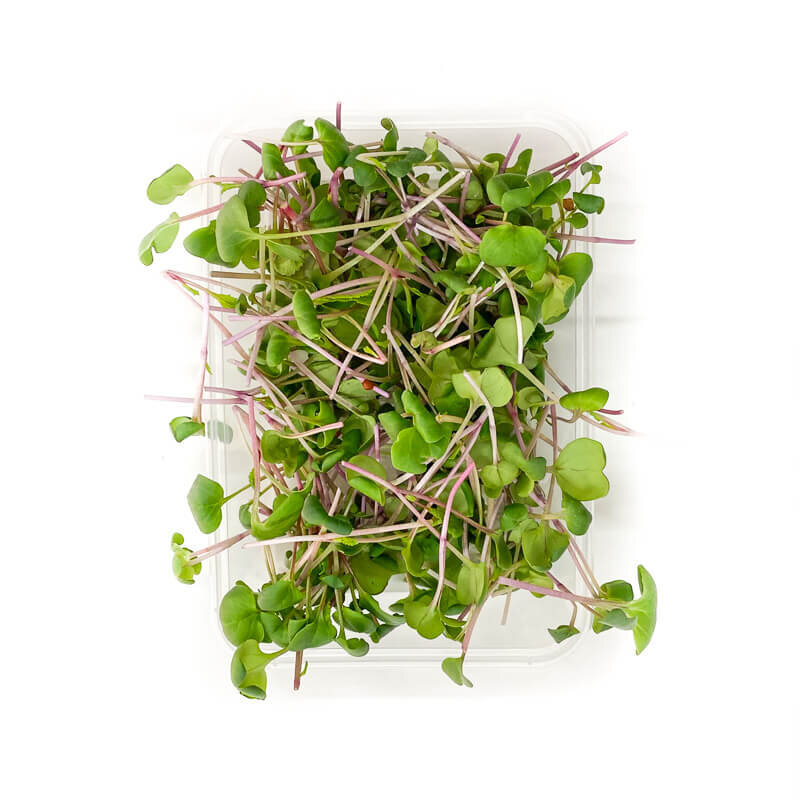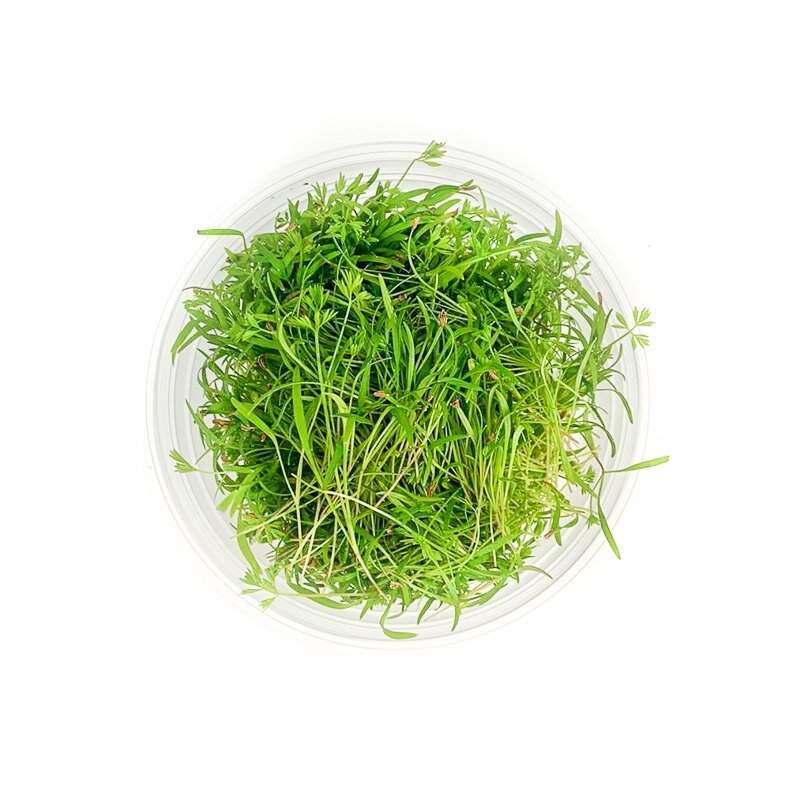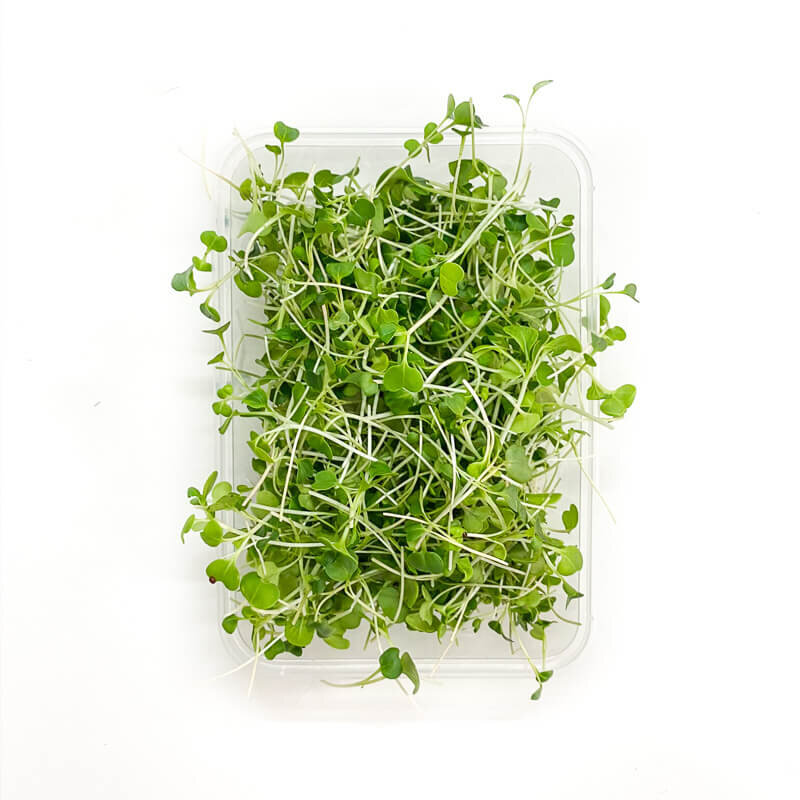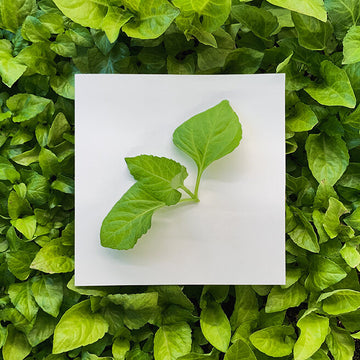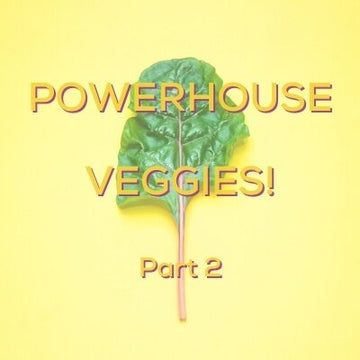
Common Farms Countdown
At Common Farms, we grow twelve plant varieties found on the list of Powerhouse Vegetables. We're kicking off our countdown series with the bottom three: Radish, Carrot, and Broccoli. They may be the lowest-ranked, but by virtue of even making the list, these veggies are certified to be full of the vitamins and minerals you need to maintain a healthy diet.
What are Powerhouse Fruits and Vegetables? Please read our previous blog post for the full list of fruits and veggies, which goes into depth about how this study was conducted. Basically, these are the plants that will give you the most potent nutrition boost per calorie. The authors of the study set out to create this guideline to define foods most strongly associated with reducing the risk of chronic disease.
Overview
Here's a microgreen that packs a lot of flavor into a small package. At Common Farms, we've experimented with five varieties of radish microgreens in the past: China Rose, Daikon, Kaiware, Triton, and Watermelon. You can currently find Triton Radish for sale on our fresh produce page, and we've chosen it for being one of the most attractive and best tasting out of the five varieties.
Appearance: Deep reddish pink stems and large leaves
Flavor: Spicy Radish kick
Flavor Strength: Mild to Strong
How to Use
Use Triton radish microgreens to add a spicy kick to any dish. If lettuce is too mild for your tastes, use radish as a replacement in your salads or sandwiches to provide a spicy kick. Try it on top of eggs, or as a taco topping. Triton radish works particularly well incorporated into Japanese dishes, as Japanese chefs are known to make good use of a wide variety of sprouts, radishes in particular.
Nutritional Highlights
(amount and RDI% per 100g)
- Calories per 100g: 16.0
- Vitamin C: 14.8mg (25%)
- Folate: 25.0mcg (6%)
- Potassium: 233mg (7%)
- Also contains: Vitamin B6 (4%) Vitamin K (2%), riboflavin (2%), niacin (1%), calcium (2%), magnesium (2%), iron (2%), phosphorous (2%), zinc (2%), copper (3%), manganese (3%)
Overview
Next up is carrot. Growing carrot microgreens is relatively new for us at Common Farms. At first, it didn't seem to make sense to grow a root vegetable as a microgreen. In contrast to radish or garlic, roots that are regularly used for their leafy tops as well, carrots typically have their tops already removed when found in the market. But after tasting the delicate, frilly topped microgreens, we decided to let our customers make the final decision, and it was a hit!
Appearance: Bright green tiny carrot tops. Delicately frilly and finely textured
Flavor: Refreshing, sweet carrot flavor that is more herbal and less earthy than adult carrots
Flavor Strength: Mild
How to Use
Carrot microgreens are a fantastic boost of flavor and nutrition to any salad. That's why we sell it as a "booster" in our shop. [link] They also work well to complement other root dishes like potatoes without overpowering the overall flavor. Try it as a delicate garnish on top of carrot cake.
Nutritional Highlights
(amount and RDI% per 100g)
- Calories per 100g: 41.0
- Vitamin A 16705 IU (334%)
- Vitamin C 5.9mg (10%)
- Vitamin K 13.2mcg (16%)
- Potassium 320mg (9%)
- Vitamin B6 0.1mg (7%)
- Also contains: manganese (7%) folate (5%), niacin (5%), thiamin (4%), phosphorous (4%), riboflavin (3%), vitamin E (3%),
Overview
Broccoli microgreens have received a lot of attention for their supposed cancer-fighting properties. According to research conducted at Johns Hopkins School of Medicine, Broccoli sprouts contain up to 50 times the sulforaphane (believed to be a cancer fighter) found in mature broccoli, by weight. What's more, they contain glucosinolates and isothiocyanates, which protect cells from becoming malignant, at 10-100 times greater levels than in fresh broccoli. Further research needs to be conducted with human trials, but broccoli microgreens certainly deserve their place on the list of nutrient-dense powerhouse vegetables.
Appearance: Pale purple, white stem with bright green leaf
Flavor: Nutty, cabbage-like
Flavor Strength: Mild
How to Use
Broccoli is versatile, and is a favorite of adults and children alike. Its mildly-flavored microgreen stage adapts itself well to being used in a wide variety of dishes. We like it best as the base for a micro salad, in which you can add in smaller amounts of stronger tasting varieties to develop the flavor. That's why we use a lot of it in our Salad Mix and Common Farms Mix. There are few better options for a pleasant-tasting way to add a potent dose of nutrition to your diet. We've found that kids who have a hard time tolerating full-grown broccoli take delight in munching on broccoli in its micro form.
Nutritional Highlights
(amount and RDI% per 100g)
- Calories per 100g: 34.0
- Vitamin C 89.2mg (149%)
- Vitamin K 102mcg (127%)
- Folate 63.0mcg (16%)
- Vitamin A 623 IU (12%)
- Manganese 0.2mg (10%)
- Also contains: Vitamin B6 (9%), Potassium (9%), Riboflavin (7%), Phosphorous (7%), Magnesium (5%), Calcium (5%)
References
Nutrient data for this listing was provided by USDA SR-21.
Percent Daily Values (%DV) are for adults or children aged 4 or older, and are based on a 2,000 calorie reference diet. Your daily values may be higher or lower based on your individual needs.
https://pubmed.ncbi.nlm.nih.gov/31261930/
https://www.cdc.gov/pcd/issues/2014/13_0390.htm
https://www.ncbi.nlm.nih.gov/pmc/articles/PMC23369/

